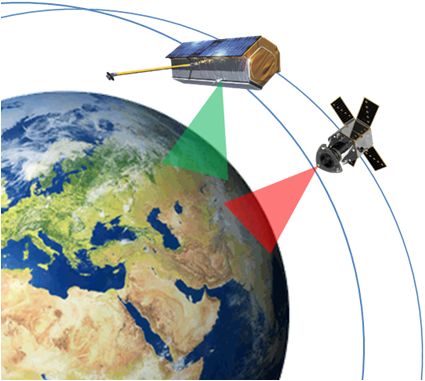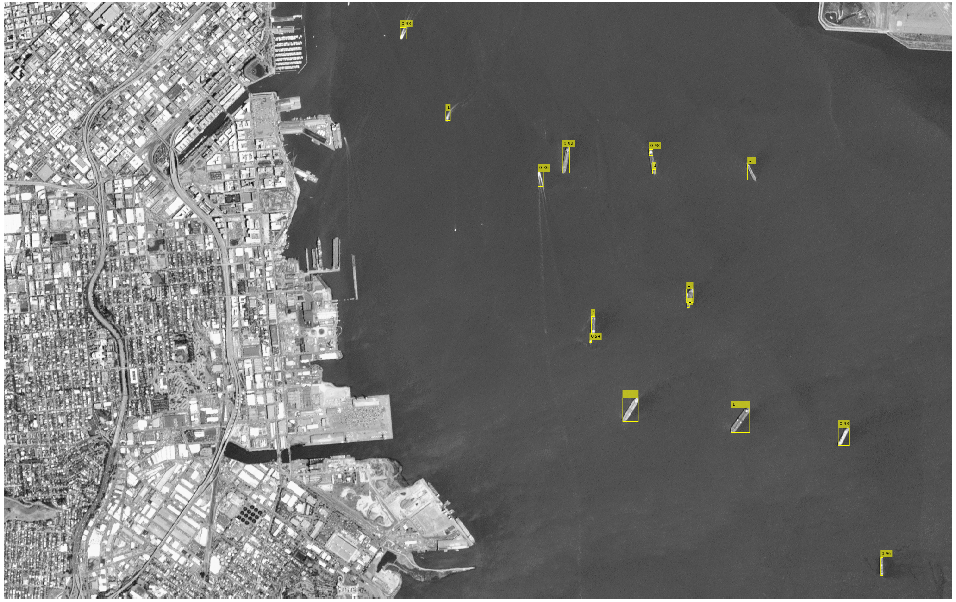To validate the performances of the high-speed avionics test bench developed in the EO-ALERT project in a representative environment, a testing campaign using real Earth Observation (EO) data from the chosen scenarios is scheduled for the beginning of July 2020 and it will last two weeks.
For the ship detection scenario, the ground truth data associated to the experimental campaign is gathered by the NATO Centre for Maritime Research and Experimentation (CMRE) https://www.cmre.nato.int. The data capture includes the deployment and precise localization of a medium-size ship and a small dinghy in a specific area in the Ligurian Sea.

The purpose is to acquire the necessary in-situ data (mainly the exact position of the marine assets) at the same time that the Synthetic Aperture Radar (SAR), using the TerraSAR-X satellite operated by the German Aerospace Agency DLR, and the optical, using Deimos-2 satellite operated by DEIMOS Imaging, imagery are acquired over the region of interest. The ship and dinghy will be deployed during five days in precise locations that will fall inside Deimos-2 and TerraSAR-X swaths in order for the space assets to take images of the assets. A feasibility analysis on the observation opportunities for both Deimos-2 and TerraSAR-X, taking into account orbital dynamics and payloads constraints, has been performed in order to identify the exact date and time of observations of pre-defined locations in the Ligurian Sea. The raw data acquired by the space assets will be used as input in the avionics test bench of the EO-ALERT data processing chain and the in situ measurements provided by the ship will be used to validate the results of the generated EO products.

Its expected results will be obtained to evaluate the system performances by the project partners and by scientific, institutional and commercial end users. The evaluation will cover aspects such as real-time performance (times of execution), latencies of transmission of alerts and data to ground, quality of the products produced (adequacy, precision, false alarm rate or missed detections), etc.

Updates will be posted on EO-ALERT social media. Follow us in
Twitter: https://twitter.com/EOALERT
LinkedIn: https://www.linkedin.com/in/eo-alert-732644163/
@2020 EO-ALERT All Rights Reserved

